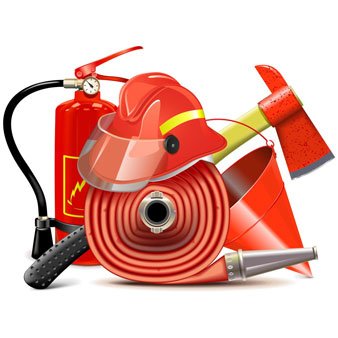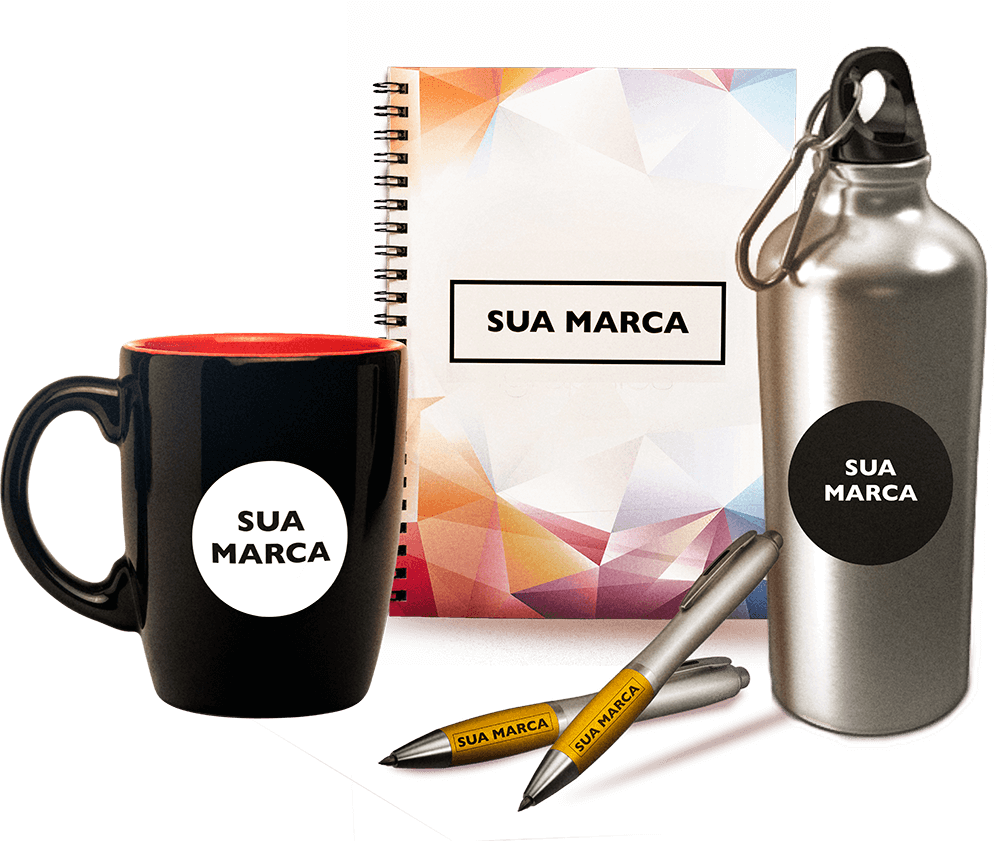In a world dominated by digital screens and ephemeral content, the ancient craft of book binding stands as a testament to the enduring value of physical books. Far beyond mere functionality, book binding marries artistry and engineering, transforming loose pages into objects of beauty and durability. Whether you are a bibliophile, an artist, or a professional in the publishing industry, understanding the nuances of book binding enriches your appreciation of books as cultural artifacts and practical tools.
What Is Book Binding?
At its core, book binding is the process of assembling written or printed pages into a single volume and securing them within a cover. This craft dates back centuries, evolving alongside advancements in printing and materials technology. From the intricate hand-stitched volumes of medieval monasteries to sleek modern perfect-bound paperbacks, the methods and materials employed in book binding reflect the priorities and technologies of their time.
Types of Book Binding Techniques
The diversity of binding techniques is as vast as the genres and formats books can take. Each method offers distinct advantages, catering to different needs such as durability, cost, and aesthetic appeal. Here are some of the most prevalent types:
| Binding Type | Description | Advantages | Common Uses |
|---|---|---|---|
| Saddle Stitching | Pages are folded and stapled through the fold line. | Cost-effective, quick, ideal for small booklets. | Magazines, brochures, comic books. |
| Perfect Binding | Pages are glued together at the spine with a flexible adhesive. | Clean, professional look; suitable for thicker books. | Paperback books, catalogs, manuals. |
| Case Binding (Hardcover) | Pages are sewn or glued and encased in a hard cover. | Highly durable, luxurious appearance. | High-end books, academic texts, collectors’ editions. |
| Spiral Binding | Pages are punched and held together with a plastic or metal coil. | Allows books to open flat, great for manuals. | Cookbooks, notebooks, workbooks. |
| Comb Binding | Uses a plastic comb inserted into rectangular holes punched along the spine. | Easy to add or remove pages, economical. | Reports, presentations, training materials. |
The Importance of Quality Book Binding
Quality book binding is not just about aesthetics; it directly influences the lifespan and usability of a book. Poorly bound books can fall apart, pages may loosen, and the reading experience can quickly become frustrating. High-quality binding ensures that books withstand frequent handling, environmental factors, and the passage of time.
Moreover, the tactile sensation of a well-bound book—the smooth turn of a page, the sturdy hinge of a hardcover, the whisper of the spine—contributes to the reader’s immersion and enjoyment. This sensory experience is something digital media struggles to replicate, underscoring the irreplaceable charm of printed books.
Modern Innovations in Book Binding
While traditional methods remain popular, modern book binding has embraced technological advancements to improve efficiency and customization. Digital printing paired with automated binding machines allows small print runs and on-demand publishing, making it easier for independent authors and niche markets to produce professional-quality books.
Additionally, eco-friendly materials and adhesives are gaining traction, reflecting a growing awareness of sustainability in publishing. Innovative binding techniques also incorporate mixed materials—like fabric, leather, and recycled papers—to create unique, personalized editions that elevate book ownership to an art form.
How to Choose the Right Binding for Your Project
Selecting the optimal book binding method depends on several factors:
- Purpose: Is the book meant for mass-market distribution, archival preservation, or artistic expression?
- Budget: Some methods are more economical, while others require investment in craftsmanship and materials.
- Durability: Consider how often the book will be handled and the expected lifespan.
- Design: The binding should complement the book’s content and target audience.
For example, a novel intended for casual readers might be best suited to perfect binding due to its balance of cost and durability. In contrast, a collector’s edition of a classic work might warrant a case binding with high-quality materials and intricate detailing.
Preserving the Craft of Book Binding
Book binding is an art that thrives on the blend of tradition and innovation. As we navigate an increasingly digital world, the tactile and visual pleasures offered by well-bound books remain unmatched. Supporting artisanal binders and learning about this craft can deepen our connection to the written word and preserve a vital cultural heritage.
Curious to see book binding in action or even try your hand at creating your own bound journal? Workshops and tutorials abound, offering hands-on experience that can transform your appreciation from passive to passionate.
Final Thoughts
The world of book binding is a fascinating intersection of history, craftsmanship, and technology. Whether you’re a creator, collector, or casual reader, understanding the intricacies of binding can enhance your relationship with books. It invites us to pause, appreciate the tangible, and honor the timeless tradition of preserving knowledge and stories.
Have you ever wondered how the books on your shelf were bound? Or considered what binding style would best suit your next project? Dive deeper into this rich craft and experience the magic of book binding firsthand.
Explore more about the techniques and innovations in book binding by visiting this comprehensive guide.





